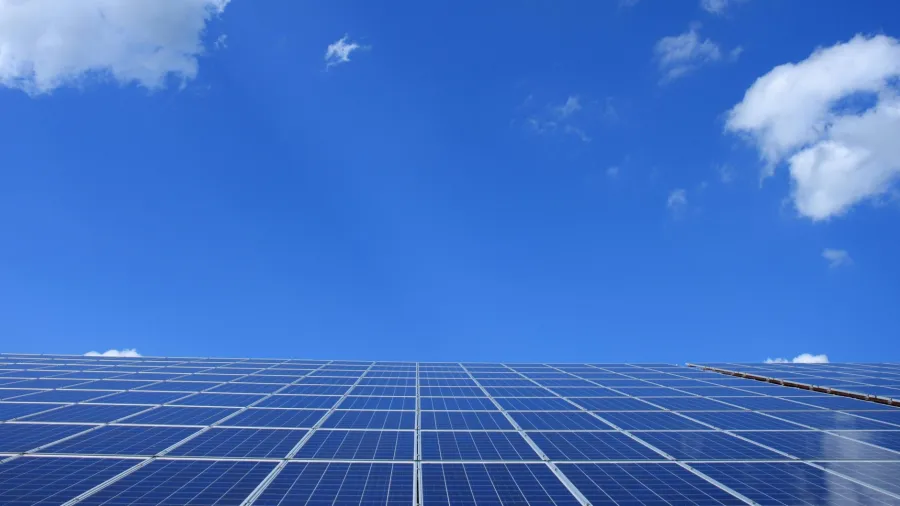
China to account for half of 4.7 TWdc solar capacity addition between 2024 and 2023
It is also seen to lead the wind power and energy storage market.
Beijing is seen to continue leading the game in solar energy capacity expansion, with the East Asian superpower accounting for 50% of the 4.7 terawatts direct current (TWdc) of global solar photovoltaic (PV) projects to be built between 2024 and 2033, according to Wood Mackenzie.
Juan Monge, principal analyst, distributed solar PV at Wood Mackenzie, noted in a statement that ultra-low module prices intensified the rate of solar deployments last year in China as well as in Europe, and this will continue in the near-term.
“Ultimately, maximising solar PV capacity, and wind power capacity for that matter, in the next 10 years will depend on additional technology developments: from expanding grid infrastructure to incentivising flexibility solutions, transportation and heating electrification,” he explained.
Wood Mackenzie said the decline in Chinese module prices and tight deadlines to interconnect tendered projects triggered 150% annual growth for installations across all solar PV segments in 2023. For this year, first quarter installations in Beijing increased 36% from a year ago, it noted.
Yearly increase in installed capacity will continue until 2026, which will be followed by a two-year slowdown due to an expected pause in development activity before the next round of planned procurement drives higher deployment, Wood Mackenzie said.
China’s booming solar market is seen to solidify its position as a leader in the energy storage market. The country is projected to have an average of 42 gigawatts (GW)/120 gigawatt-hours annual capacity additions in the next 10 years.
When it comes to wind energy, Wood Mackenzie projects Beijing to install 91.5 GW on average annually. Furthermore, more than 50% of the total 386 GW global offshore wind capacity to be installed from 2024 to 2033 will be in China, the report added.
“China’s central government announced a plan in May to promote the energy transition and ensure the country meets carbon-neutral targets. Project development has been accelerated in the short-term and renewable energy investment will be a long-term economic driver,” said Lucas Stavole, senior research analyst at Wood Mackenzie.



















 Advertise
Advertise







